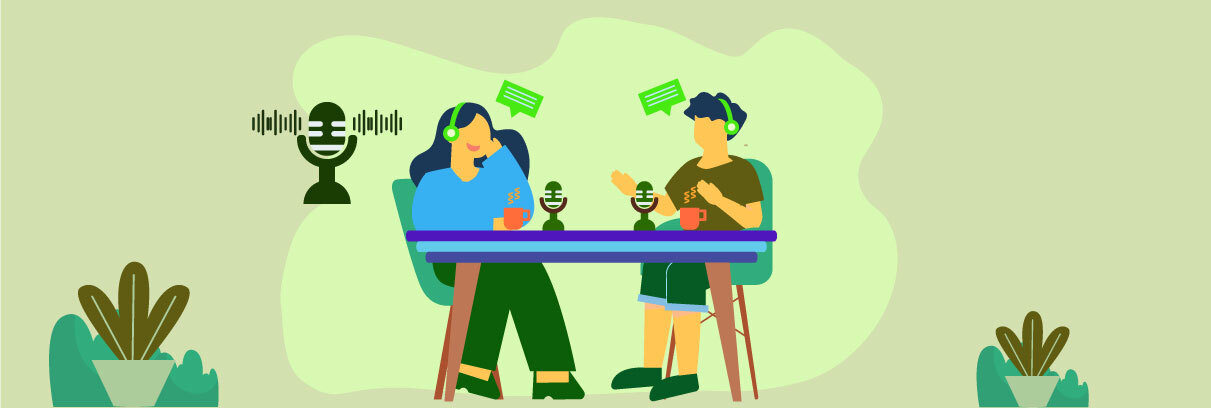What is SEO? That’s a question we get a lot at our company! Search engine optimization (SEO) is basically the art of telling a search engine such as Google that your website exists. By applying SEO to your website’s content, you are then helping search engines discover that you have something to offer to customers.
That being said, there are ways in which SEO can actually be intrusive to your website’s content as opposed to assisting it. We’ve also noticed a LOT of confusion about SEO and content marketing. That’s why we’d like to go over both!
Some Basic Terms to Understand
SEO comes with a whole lot of terms to comprehend. Some of the most important ones to know include the following:
- SEM – short for “search engine marketing”, this is the practice of getting traffic via paid search—aka through paid advertising.
- Keyword – a phrase or word that is entered into a search engine to find products, services, and information.
- Content marketing – the art of creating, sharing, and promoting good quality content, usually in the form of blog posts, videos, infographics, etc.
- Backlinks – hyperlinks connecting to your website, usually in one or more of the following forms: directories, social media accounts, and other important, relevant, and high-quality websites.
What to Do with Content and SEO
The point of the entire blog post! Here’s what you need to do:
- Do conduct keyword research or get some conducted if you haven’t yet.
- Do use a variation of generic and long-tail (descriptive and specific) keywords to improve the possibility of being ranked.
- Do re-examine your current content, whether it’s in your site’s web pages, blog posts, e-mail newsletters, product descriptions, etc. to see if any improvements can be made.
- Do examine your brand thoroughly to make sure it meshes with the content and keywords you want to feature and focus onto your website and social media.
- Do build relevant, good quality backlinks to your website such as a link to your website’s home page on Google or in your social media networks.
- Do consider examining your URLs—believe it or not, they can have a positive impact on your website’s SEO too!
- Do apply proper SEO to website images as well as text content—we’re talking about title and alt text.
- Do ensure you have social media activated on your website—and that you’re active on your accounts as well!
- Do try to have organic SEO as well as an SEM campaign going. You might rank higher for organic SEO, but having SEM and pay-per-click as well can help turn regular site visitors into paying customers.
- Do target your website’s content to readers (i.e. human beings), not to search engines.
What NOT to Do with Content and SEO
On the opposite side, this is what will likely cause your entire business harm, and thoroughly damage your online and everyday reputation:
- Don’t jam keywords into your content without a second thought—this is often referred to as “keyword stuffing”.
- Don’t bloat up your content just to fit in keywords.
- Don’t copy and paste content from other websites to improve your own SEO.
- Don’t make your URLs too long or over-complicated—you never know who’s entering them manually or trying to find you via a business card.
- Don’t leave negative or duplicate content sitting on your website—revise it so that it is unique, or if it’s unsalvageable, remove it.
- Don’t leave your social media inactive or go untouched.
- Don’t leave negative comments or reviews about your company idle—address these issues directly.
- Don’t build spammy or poor backlinks connecting to your website.
These are ideas based from real-life examples I’ve seen while on the job. You’d be amazed at how many websites I’ve seen that have so much potential to be a great business, but either do one or more of these things!
The Takeaway: Unique Content Above All
As much as we love to say SEO matters, sometimes it can be too search engine-friendly. By this we mean the content created caters more to a search engine than a human being who’s trying to buy something online or find a solution to their problem. We’re talking about applying and using keywords on a website that definitely read and sound like keywords in content; for example, “flower shop vancouver” or “seo seo” (those are real keywords that get searches, by the way—they don’t look so good this way in written content though, do they?).
That being said, zero SEO on a website is also not ideal. You may have better content than Joe down the street, but unless your social media account is really active and you’re being ranked and indexed on Google, you’re basically waving goodbye to your customers and potential. SEO can help with the ranking and indexing part, while the content should be unique enough that it stands on its own.
Finding the perfect balance can be tricky, but not impossible. Producing good quality content and implementing SEO practices require a lot of hard work. There’s no easy way to go about it. But we can guarantee you that all of the hard work will pay off—promise.
Creative Commons Attribution: Permission is granted to repost this article in its entirety with credit to KIAI Agency Inc. and a clickable link back to this page.



